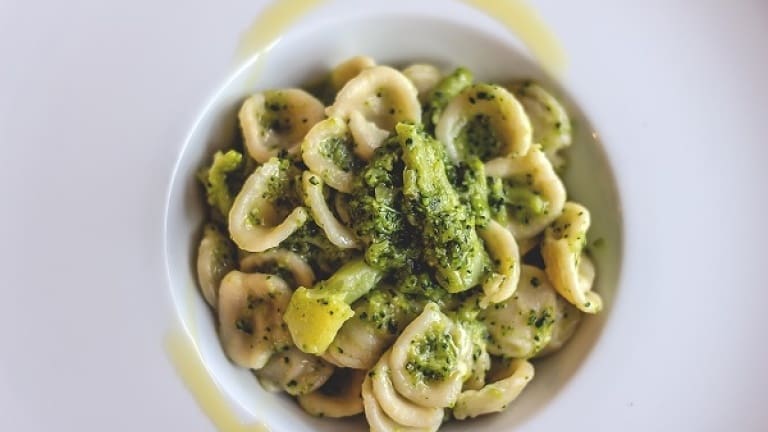Arneis Wine Guide

If the Piedmont area on the right bank of the Tanaro river has Nebbiolo, the one on the left has “White Nebbiolo” or Roero Arneis, a great Italian white wine. In any case, Nebbiolo is also amazing on the left bank, in the Roero region. We just need to give some pepper to our introduction: white Nebbiolo doesn’t exist.
But our beloved Arneis has a lot of pepper to offer. It’s a super salty wine, elegant and full of incredible aromas that give it an irresistible charm.
It is a difficult and rebellious vine to cultivate, it matures late and has low acidity, so it is not so simple to find the right balance between sugars and polyphenolic maturation during the harvest. Just delay a few days the harvest and you can say goodbye to your precious freshness … not to mention that it’s not very generous as production, quite the contrary.
History of Arneis
The Arneis vine has been cultivated and known since 1400 in the Roero, for centuries it has been synonymous with white wine together with Moscato. And has shared its fate, being vinified in purity or even transformed into Vermouth.
But due to the difficulty in being tamed and the poor yields, it was on the verge of extinction in the early 1900s and was uprooted in favor of more generous (and easier to cultivate) vines such as Chardonnay.
But fortunately, in the 70s there is a change of course and Arneis back in vogue, thanks to the commitment of the winemakers of the Roero, who believe a lot in this wine with strong aromatic qualities. It is a wine with a unique, recognizable character, crystalline elegance and although it is not a walk cultivating it, it is a typical product that will never be confused with an anonymous Chardonnay del Roero (no criticism of the Chardonnay itself, of course). A minimum of altitude, 200-250 meters above sea level and heavy clay and chalk-based soils are the natural habitats to stimulate acidity in the grapes, otherwise, there is a risk of having a heavy and not very dynamic wine.
The DOCG has been recognized to this noble grape in these hills, so on the labels, you will find the wording Roero Arneis DOCG.
Where is Arneis cultivated?

The bouquet of the Arneis wine
A lot of fruit, especially lemon, bergamot, and orange peel fruits, then there is no shortage of almonds and pears. The peculiarity is the subtle notes of aromatic herbs, white flowers, orange blossom, and anise-licorice. Mineral notes are always present in the background.
What does the Arneis wine taste like?
In the mouth, it is salty, medium-structured, with rhythm, good persistence, but never too aggressive. It is not a Chardonnay, but it looks like a super mineral Pinot Blanc. The acidity is never high, however, it is not a flat or still wine, indeed it has a nice character. Arneis is often aged in steel, the wood tends to mortify its liveliness, flattening its qualities of pleasantness and drinkability.
Arneis wine food pairings

